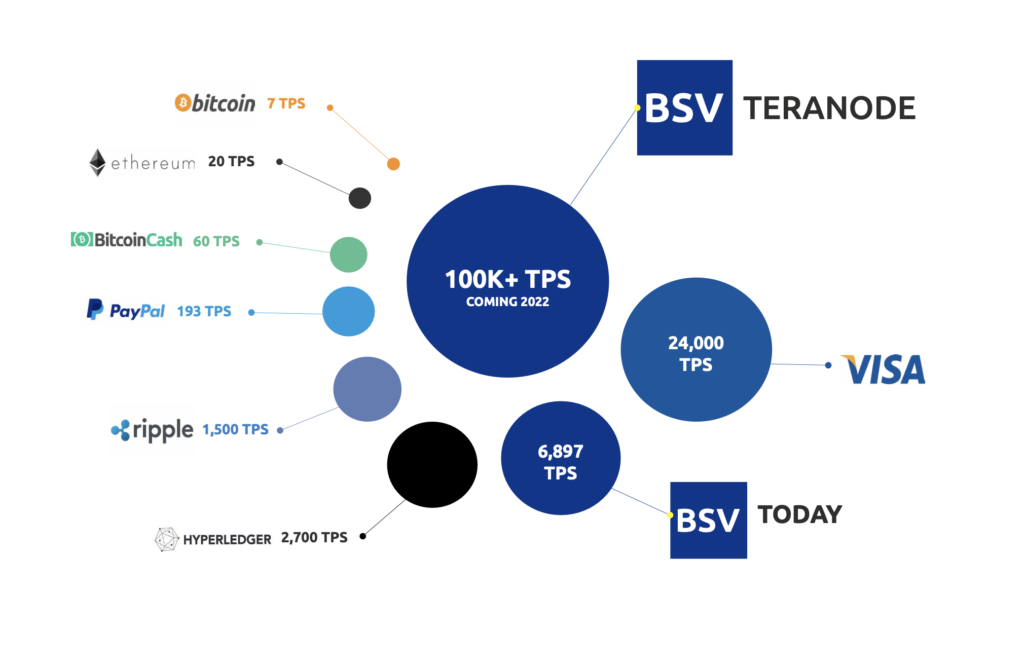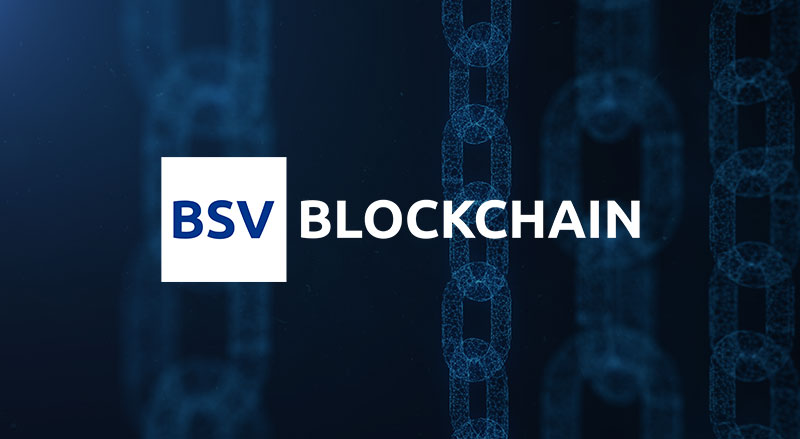BSV is the blockchain that’s here to empower the Internet. To understand what I mean by that, we need to explore how the information-based model of the Internet measures up to the value-based model of the blockchain.
Blockchain is the New Internet of Value
When we talk about the disruptive nature of blockchain technology, it implies that it will not only improve our current business models, but unleash massive change to the way we transfer data and the way we transact values.
The Internet of Information
The original Internet was a small network made up of four nodes based in the western United States back in 1969. ARPA, the Advanced Research Projects Agency of the US Department of Defense created it to collect information from around the world to the centre of these nodes.
The project’s model was focused around information, to present data in a way to tell a story about where it had been, who was behind it, and how it was used.
The business model of the current version of the Internet
The current business model of the internet evolved from the era of collecting information for intelligence purposes into an era of using it as an advertisement model. Information continued to be gathered about users and used in the targeted ad model. The process could be described with these simple points:
- Large companies give you free use of platforms, like Gmail, Facebook and Twitter
- The companies collect data via those platforms
- The companies sell your data via advertising platforms
- Artificial Intelligence proceeds to socially direct users what to buy, where to hang out, and what to think.
This is the Internet of information, and it hinges on information
The Blockchain’s Value-Based Model
Over the past few years we’ve experienced a data revolution where people have started talking about digital transformation. Digital transformation can be summed up as the process of using technology to collect data and using that data to generate value for users. Although our current Internet model has resulted in huge quantities of information being emitted and captured, there’s a couple of elements missing in order to transform this data into value. And this is where blockchain comes in.
Blockchain – The Protocol of Value
The blockchain can be described as a protocol for the exchange of value.
In the past, if you sent information, you’d have to send it via a data communications platform like email. And if you wanted to send money, you’d have to use a bank account or a credit card.
With blockchain, for the first time, we’ve got a technology that’s able to send value along with data.
The blockchain’s ledger integrates monetary value with data so that even the smallest data point can be recorded and monetised down to sub-cents. We can now transfer monetised data – or value – to power just about any digital experience you can come up with – from healthcare, education, finance, and the supply chain to the metaverse and beyond.
Being able to exchange actual value itself instead of just information about value in this way is going to disrupt the Internet’s business model in a huge way. For example, in the current financial system, a bank’s ledger will hold information, and when you make a transaction between two accounts, you are only transferring information about the transaction, but the value remains somewhere else. On the other hand, a financial system based on the blockchain will allow the transfer of the actual value along with the information about the transaction.
Why the BSV blockchain?
The BSV Blockchain (BSV) is one of the major players in this area, as it is the most technologically advanced blockchain. BSV has the most efficient transactions, most cost-effective transaction fees, and the most comprehensive ecosystem available. BSV currently powers over 1000 blockchain projects worldwide, and is growing and expanding and being adopted on a daily basis. BSV is granting these projects the ability to utilize an internet of value in a revolutionary way.
It’s one of the few blockchain organisations that doesn’t solely focus on financial use cases, but data applications in every industry, from public services, enterprise uses, to small businesses.
When you look at BSV’s technical capabilities, you’ll understand why it’s the best blockchain to power all these use cases.

*Median over 90-day period, 12-1-2021 to 11-02-2022, source: https://bsvdata.com/blockchain
**Ethereum’s Yellow Paper states that it costs 20 000 gas to store one 256-bit word.
8 bit = 1 byte, therefore 256-bit word = 32 bytes.
1024 bytes = 1 kilobyte, therefore 1 kilobyte costs 32 x 20,000 gas = 640,000 gas. Median gas price = 50 Gwei x 640,000 = 32,000,000 Gwei (11-02-2022) = 0.0512 Eth Converted to USD = $158,77 (11-02-2022)
Looking at its competitors, you’ll see that Ethereum can process 15 – 20 transactions per second, HyperLedger can do 2,700 per second, while Corda 15 – 1678 transactions per second.
The BSV blockchain can process over 6,000 transactions per second at present, targeting 100,000 transactions per second by the end of 2022.

Also, when it comes to the cost of transactions, the BSV blockchain is the only one that is priced for data applications, with a $0.0005 charge per kb data, compared to Ethereum’s rate of over $100.
As of now, BSV Blockchain is the only infrastructure that will be able to support this revolution in the way we transfer data. Every day, more and more forward-thinking blockchain businesses are coming to realize this. There are many diverse and innovative projects building on the BSV blockchain, with use cases from eSports, IoT, to health services, and Metaverse applications.
To learn more about the BSV Blockchain’s potential for enterprise and government applications, take a look at our events page to find a virtual or physical session with the association for the BSV blockchain.
